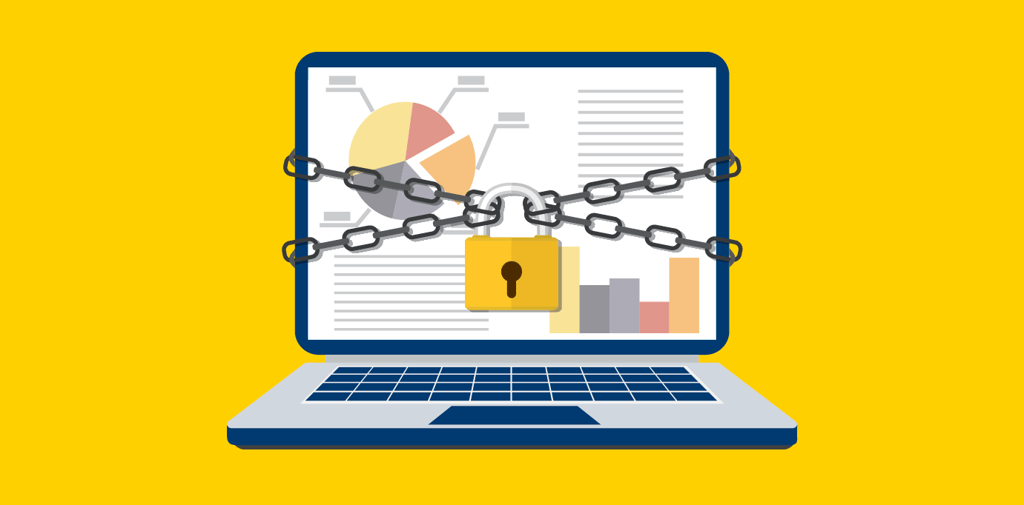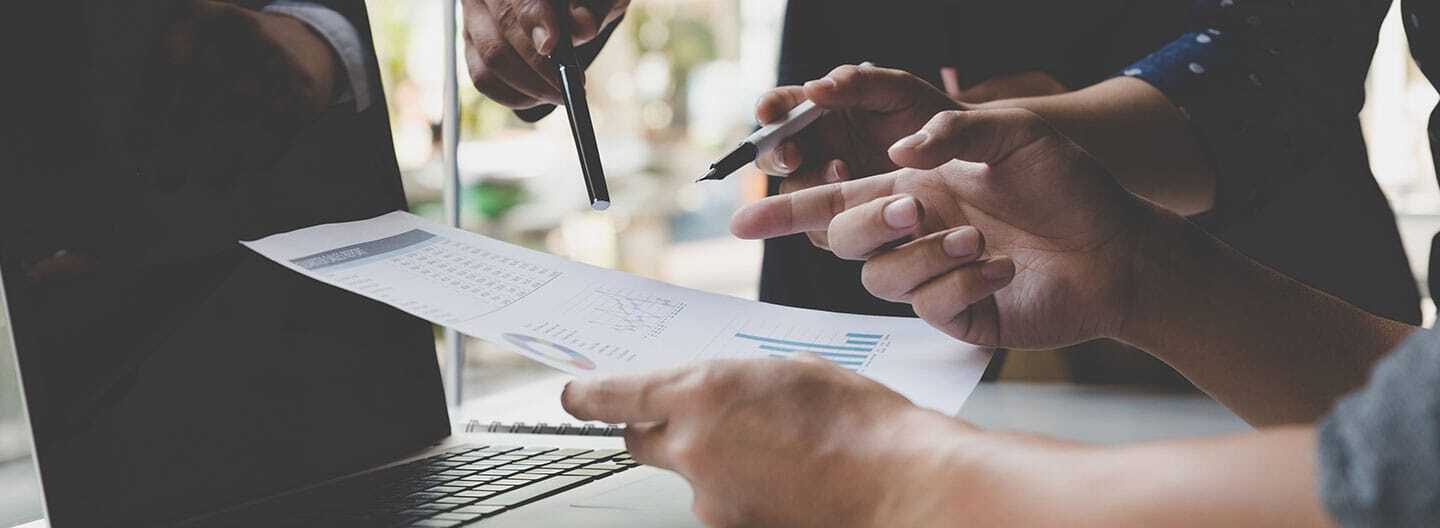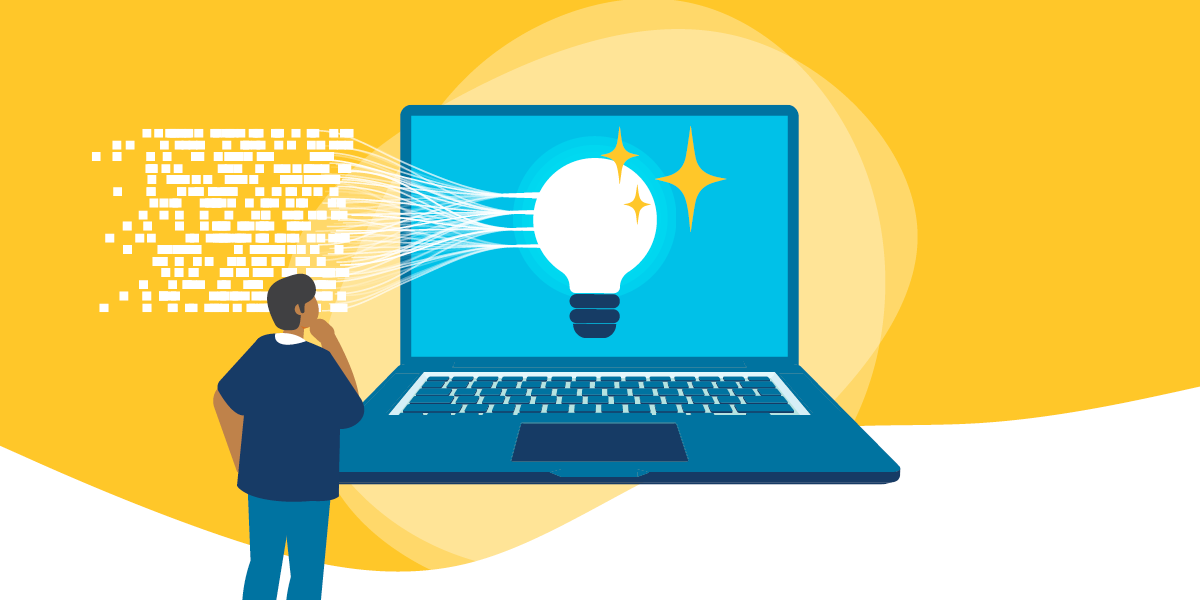
From Equifax to eBay, Yahoo to Target, data breaches have affected billions of consumer accounts over the past decade. Although it's easy to think of cybersecurity as a concern for corporations or government agencies, individuals need to pay attention, too. Data breaches have impacted 64 percent of Americans, according to the Pew Research Center.
Threats posed by data breaches, identity theft, trojan horses, or ransomware are simply a fact of life. Fortunately, you can take steps to protect yourself. Here are nine tips you can use to lock down your data.
1. Password Management
Passwords stand as your initial guardians against cyberattacks, so choose them well and store them safely. But what constitutes a strong password? The security experts at the Federal Trade Commission suggest choosing passwords that
- Contain at least 10 to 12 characters (more characters are better for accounts that contain very sensitive data, such as financial or banking records).
- Don't include dates, names, or common words.
- Include a mixture of uppercase and lowercase letters, numbers, and symbols in the middle, not at the beginning or end.
For passphrases, choose long, nonsensical phrases or sentences about life events that have meaning only to you.
For added safety, use an online password generator like Identity Safe or Strong Password Generator. Password management systems, like LastPass or 1Password, take it a step further, both generating and securely storing passwords for you.
Speaking of storing passwords, don't help out thieves by writing your passwords down. If you absolutely must keep a written record of your passwords, keep them locked up in a drawer or safe that's physically removed from points of access.
Finally, don't use the same password across multiple accounts or share your passwords with others. Learn more about password safety and privacy.
2. Two-Factor Authentication
Strong passwords are an essential first line of defense, but they're not enough. Many sites, such as Google, Microsoft, and Yahoo, offer two-factor authentication. Two-factor authentication is also known as two-step verification. Adding authentication to your login process offers an extra layer of protection.
How does two-factor authentication work? There's more than one way, but this one is the most common: When logging in to your account, you'll receive a text or email message after entering your password. This message contains a single-use code that you must enter in order to successfully log in. Often, the code is only required when you log in from a new device.
3. Back Up Your Data
It's easy to forget to run regular backups of your data, but this simple step can save you headaches! Backing up your data ensures that if your data is lost, a duplicate copy exists. Best practices dictate saving data on a separate device, such as an external hard drive.
For even more protection, back up your data in the cloud, as well. Just ensure that you're utilizing sound security practices when using the cloud.
4. Utilize Anti-Malware and Antivirus Protection
Malware, short for "malicious software," is designed to infiltrate your computer, often without you knowing it. Malware encompasses a range of cybersecurity threats, such as ransomware, trojan horses, viruses, worms, and spyware. This insidious software can enter your computer from many sources, including websites, emails, downloads, photos, videos, shareware, and more.
Often, malware creators employ sneaky techniques to infect your devices, such as embedding a virus in an email that appears to be from someone in your contact list. Fight malware by
- Installing anti-malware and antivirus protection programs.
- Completing all updates.
- Running anti-spyware scans regularly.
- Not clicking on suspicious websites.
- Not downloading email attachments from anyone you don't know or that look suspicious.
5. Keep Up with Updates
Although no one looks forward to putting their devices temporarily out of commission to perform updates, it's a necessary evil. Operating system updates often contain "security patches" that offer protection against known threats, such as malware. If you're not performing updates, your device is at risk. Simply set your devices to update automatically, so you don't miss any critical patches.
6. Secure Your Wi-Fi Networks
You probably already have password protection on your Wi-Fi network. (If you don't, set that up ASAP.) Take the following actions to add even more security to your Wi-Fi:
- Change your router's generic username; factory settings make your router easier to hack.
- Change the network's name (SSID) regularly and don't use generic model names (such as "LinkSys123" or "NetGear123").
- Activate encryption; choose "AES" as your encryption type.
- Turn off guest networks.
- Keep up with firmware updates.
7. Purge Deleted Files
Think those deleted files are truly deleted? Not necessarily. Data may still be saved on disk, even if you've trashed it. Get rid of deleted files for good — and prevent hackers from recovering them — by overwriting deleted files. This is especially important if you're disposing of or selling a used device.
8. Visit HTTPS Sites
When you visit a website, you generate browsing data. Internet Service Providers (ISPs) collect and analyze this data, which can then be used in targeted advertising. Avoid this potential privacy risk by visiting websites with the URL prefix "HTTPS."
That extra "s" means website traffic is encrypted, so ISPs can't track your online movements. What if a site isn't HTTPS? You can use a browser extension like HTTPS Everywhere to browse more securely.
9. Turn Off Your Computer
One of the easiest ways to protect your data is also often overlooked: Turn off your computer or laptop when not in use. Most devices are still connected to the Internet, even when not actively in use. By powering off, you'll eliminate hackers' access.
Cybersecurity takes vigilance. By following these nine tips, you'll better protect and lock down your data and keep your computer safe.








